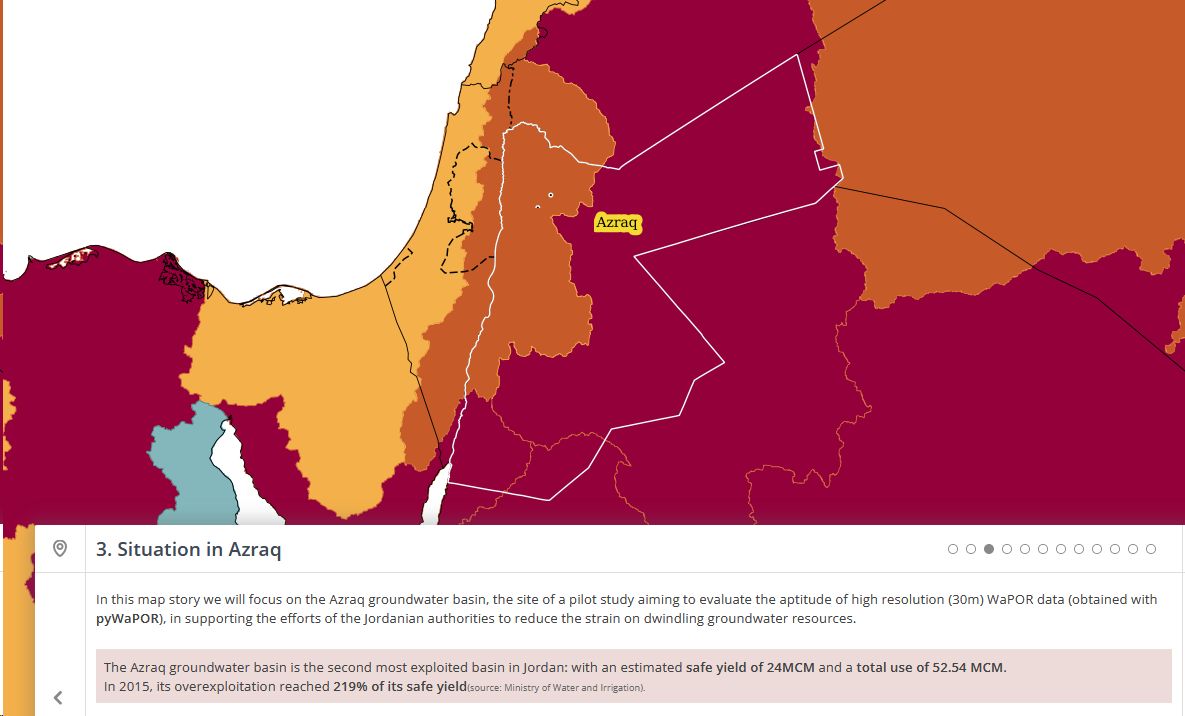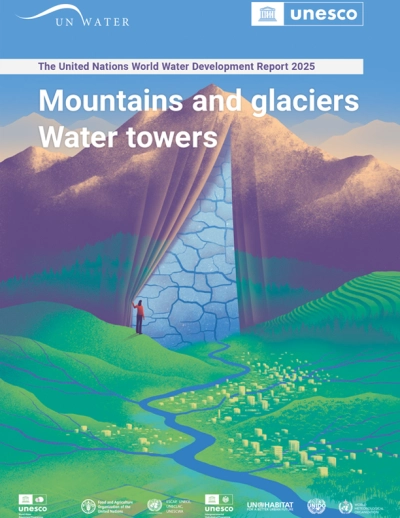Visualizing groundwater abstraction in Jordan
- Written by Stefan Deconinck
An interactive map, created by FAO, tells the story of groundwater in Jordan:
 FAO groundwater Azraq illustration 2022
FAO groundwater Azraq illustration 2022
State of the Nile River Basin 2021
- Written by Stefan Deconinck
Download this publication from the Nile Basin Initiative: The State of the Nile River Basin 2021 report.
This is the second report, after the first SOB report from 2012. The main focus of the 2021 report is on Water Security, and its relation with electricity security, agricultural production (food security), environmental sustainability, climate change and transboundary issues.
14th session of the ESCWA Committee on Water Resources
- Written by Stefan Deconinck
- 29 and 30 September 2021
- Discussions on:
-
- the progress in achieving water-related Sustainable Development Goals (SDGs) in the Arab region
- Integrated Water Resources Management (IWRM) for improved water security
- groundwater management
- support to member States on the management of transboundary water resources
- regional cooperation on climate change
- See link to ESCWA website
Arab Water Forum 2021
- Written by Stefan Deconinck
The 5th annual Arab Water Forum took place from 21-23 September 2021, with a focus on water security for peace and sustainable development.
See also the Detailed program on session subjects and speakers.
Organised by the Arab Water Council.
UN-Habitat Jordan: flood risk assessment and hazard mapping study
- Written by Stefan Deconinck
During an online workshop on 22 April 2021, UN-Habitat launched the flood risk assessment and hazard mapping study and the proposed flood intervention, as part of the project "Strengthening the Social Stability and Resilience of Vulnerable Jordanian Communities and Syrian Refugees in Amman against Flash Floods".
The project is in line with Jordan National Natural Disaster Risk Reduction Strategy (2019) , where flash floods were identified as the second priority with maximum hazard of all risks, and with the "Amman Climate Plan 2050" proposed actions to mitigate flood risks.
Polar drift in the 1990s explained by terrestrial water storage changes
- Written by Stefan Deconinck
A study shows that polar drift can be explained by human-related disappearance of water bodies from the continents, including the removal of groundwater.
Or: how pushing the button of a pump eventually makes our planet literally to drift about. Speaking of a butterfly effect ...
- Deng, S., Liu, S., Mo, X., Jiang, L., & Bauer-Gottwein, P. (2021). Polar drift in the 1990s explained by terrestrial water storage changes. Geophysical Research Letters, 48, e2020GL092114.
- See also the article in The Guardian, 23/04/21: Climate crisis has shifted the Earth’s axis, study shows

